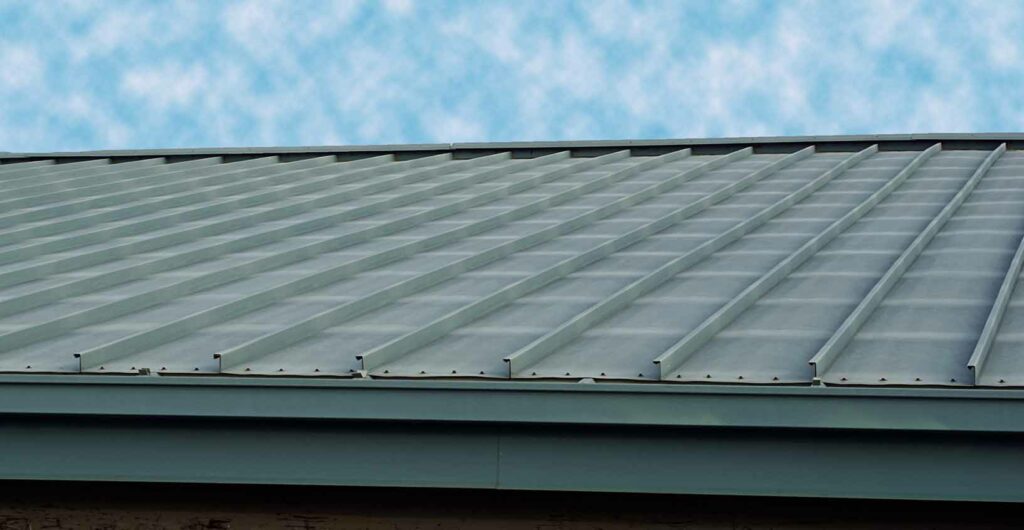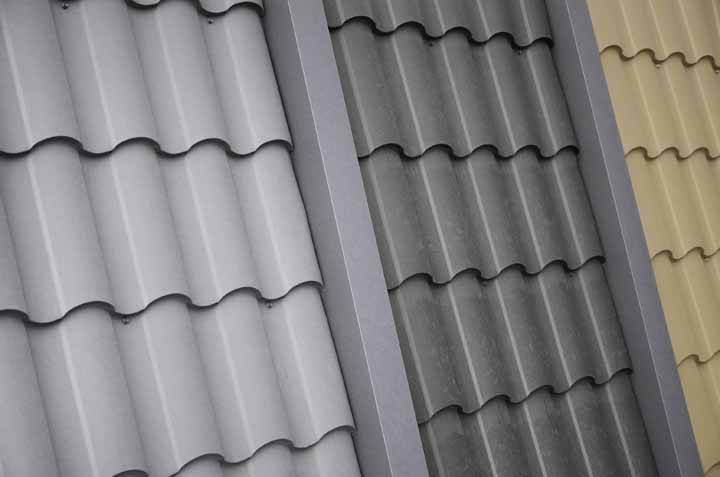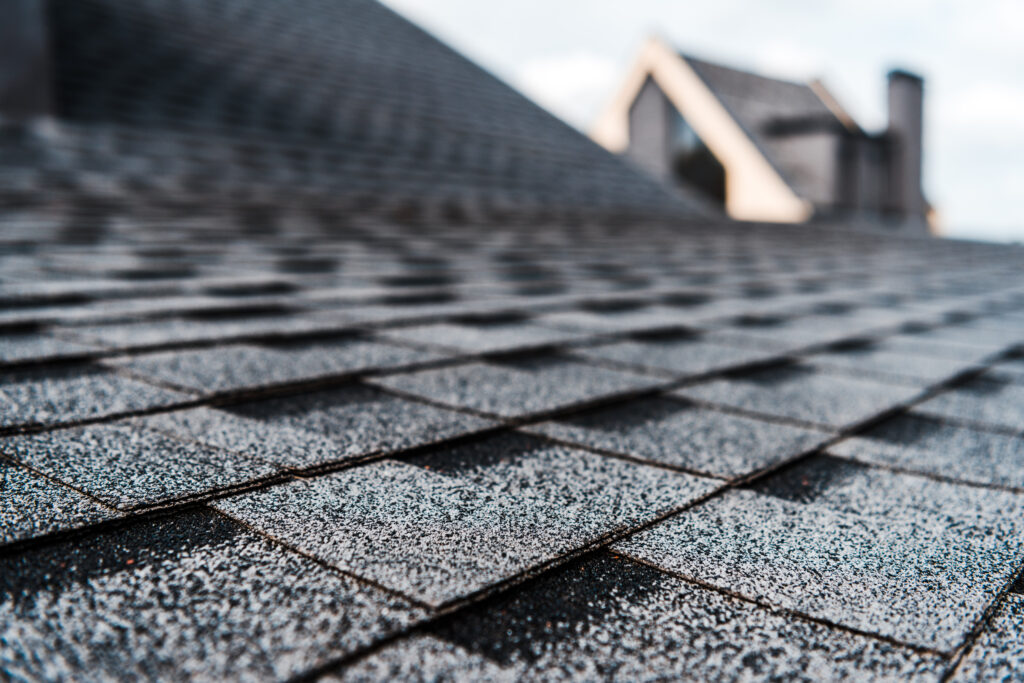What are the Pros and Cons of Fiber Cement Siding?
What is Cut Fiber Cement Siding and What are its Benefits? Fiber cement siding is a building material that has … Read More →

If your business is in the market for a new roof, you will realize that this is a significant undertaking, and you need to make a tough decision. You need to determine if your current structure has served you well or if you need to try a different approach, and you’ll be weighing the pros and cons of each.
So what do you need to know about commercial roofing materials, and how should you choose the correct type for your needs?
Many factors come into the mix when choosing a roof type and material. You will certainly be looking for durability and assessing how each particular type of roofing system will last, but you must also take into account energy efficiency.
Some jurisdictions may insist that your building is energy-efficient according to certain parameters before issuing you a building permit. Be that as it may, an energy-efficient roof could help you save a lot of money on your utility bills and lower the size of your carbon footprint.
In addition to durability and efficiency, you will want to know how much this project will cost you, which can vary widely according to your choice of commercial roof material.

There are many types of commercial roofing materials on the market today. Here are the leading six:
At the top of the list is metal roofing. This is a durable solution, and there are several subtypes within this category. For example, you can choose corrugated galvanized steel, copper, aluminum, stainless steel, zinc, or tin.
A metal roof is attractive and is certainly resistant to fire. Also, it may last longer than some other options and be inherently stronger. You will need to look after a metal roof, as if there is any damage (for example, due to hailstones), then it may be susceptible to corrosion. Alternatively, you can add a protective layer to the surface, which will then help your roof stand up to harsher climate conditions.
A built-up roofing membrane is a composite of gravel and tar stacked in alternating layers. The higher the number of layers, the more effective this solution might be, and more layers will make the roofing membrane durable. It’s relatively inexpensive and quite strong, so it’ll deal with foot traffic if this is an issue.
BUR, as it is commonly known, can also reflect heat and be UV-resistant. It may not last as long as metal or some other solutions and will probably need more maintenance as the years go by.
A modified bitumen roof is an evolution of this system, made from asphalt mixed with a polymerized plastic or rubber and reinforced with fiberglass.
Spray polyurethane foam (SPF) expands into its foam state when it is sprayed onto a surface. You can add it to an existing roof if that structure is in reasonable condition, and when the foam sets, it will harden into a solid layer.
If applied correctly, this solution could last for decades and provide a valuable layer of insulation with waterproofing capability. It’ll need to be inspected on a regular basis to look for any damage, and you will need perfect weather conditions during installation.
An EPDM roof comes in the form of a roll. It’s a single-ply membrane that is highly durable and made from synthetic rubber material. It’s quite easy to install and is resistant to sunlight and many forms of pollution.
You can buy EPDM membranes in different colors, but it’s not very resilient to damage nor is it puncture resistant. It may not be the best option if people need to walk on the roof from time to time for maintenance or access purposes.
PVC roofing systems (symptoms known as polyolefin) are popular solutions with many upsides. They are resistant to UV, many different types of chemicals, mold, and mildew. They are also quite hardy, reflect heat, and are relatively lightweight.
Expect these roofing membranes to be resistant to fire and to deal with adverse weather conditions quite well.
There are many different solutions in the marketplace and a big spread of costs. It’s best to choose a higher quality product made by a reputable manufacturer at the outset.
Asphalt shingles are the most common roofing material for a residential home and can also be used on commercial properties. They are particularly good if you have a steeply sloped roof, and the material is quite easy to install.
There are many different types of shingles, as well as asphalt, and these include slate, wood, plastic, and ceramic. They may not last as long as some of the other roofing types and may be susceptible to mildew accumulation.

Pros:
Cons:
Pros:
Cons:
Pros:
Cons:
Pros:
Cons:
Pros:
Cons:
Pros:
Cons:
There are many different factors to take into account when you choose a commercial roofing system.
For example, how exposed is the structure to the prevailing wind, and does it face the noontime sun? Do you work in an area that is exposed to high temperature extremes? Sometimes, people may need to walk on the roof for inspection, maintenance, or other purposes, which may factor into your equation.
Once you’ve looked at these primary factors, you need to consider annual maintenance costs for each material type and how efficient they are when it comes to insulation. As a building owner, you’ll want to justify your investment, and overall longevity could come into the frame.

Once you’ve zeroed in on your choice, you will want to work with one of the top roofing contractors in your area. JET Contracting has been operating in Northeast Georgia for many years, delivering quality products and top-class service.
Get in touch with JET today and find out why many businesses in your situation have entrusted our local roofing company with their projects. From rubber roofing to shingles and more – we’ll help you reduce energy costs and keep your establishment looking it’s best!
Whether you have a commercial flat roof, a gently sloped roof, or steep slopes to contend with, you’ll always want to entrust your work to the experts. After all, no job is too big or too small for JET when it comes to roofing maintenance and roof replacement projects. Our team is highly trained, insured, and licensed and we ensure that each job is completed perfectly the first time.
What is Cut Fiber Cement Siding and What are its Benefits? Fiber cement siding is a building material that has … Read More →
Extend the Life of Your Roof System Commercial roofs are often exposed to harsh weather conditions and need regular maintenance … Read More →
It’s Important to Clean Your Gutters Regularly Gutters play an important role in protecting your home from water damage. They … Read More →